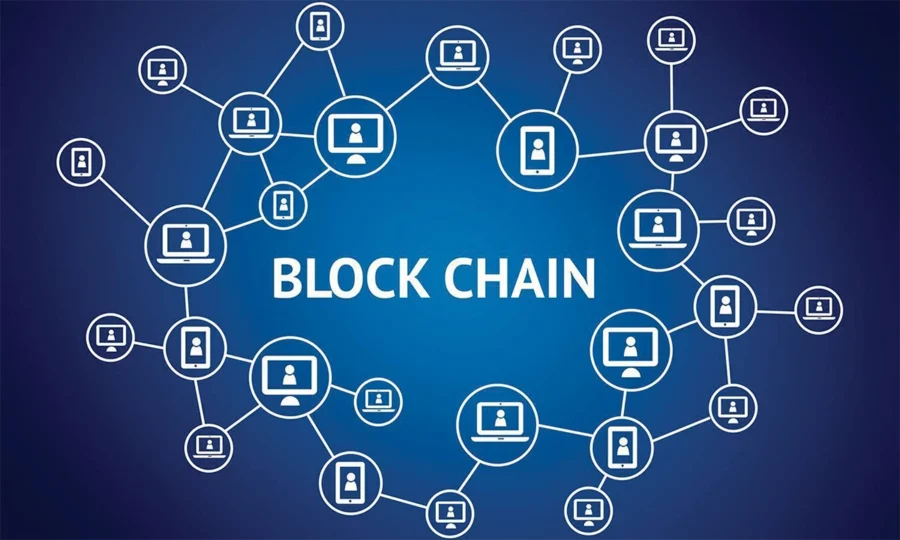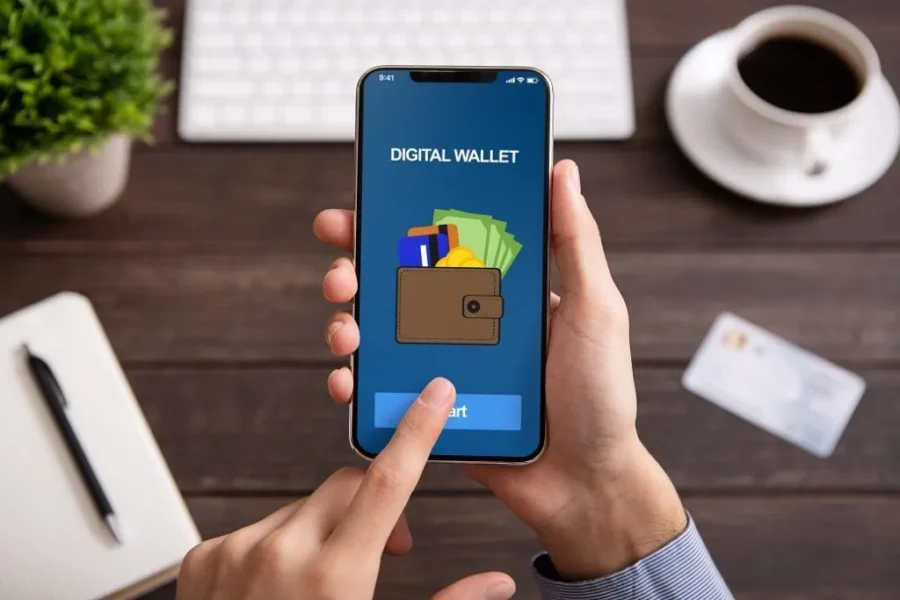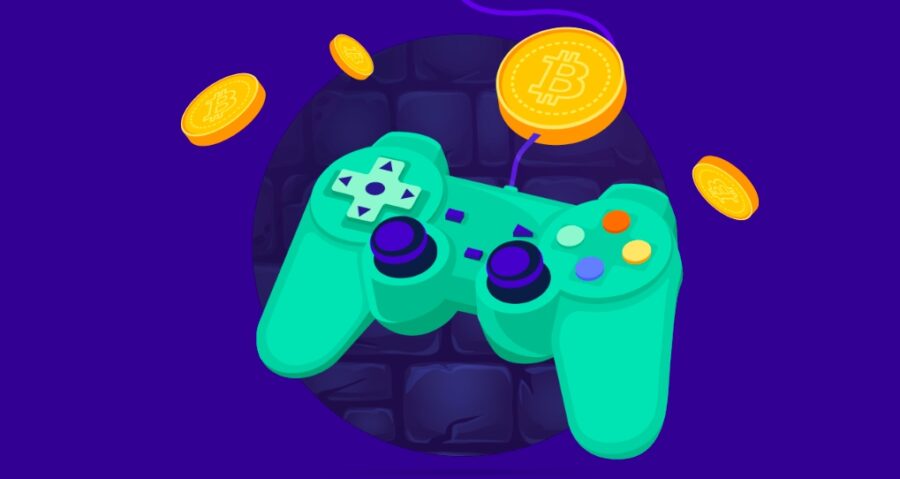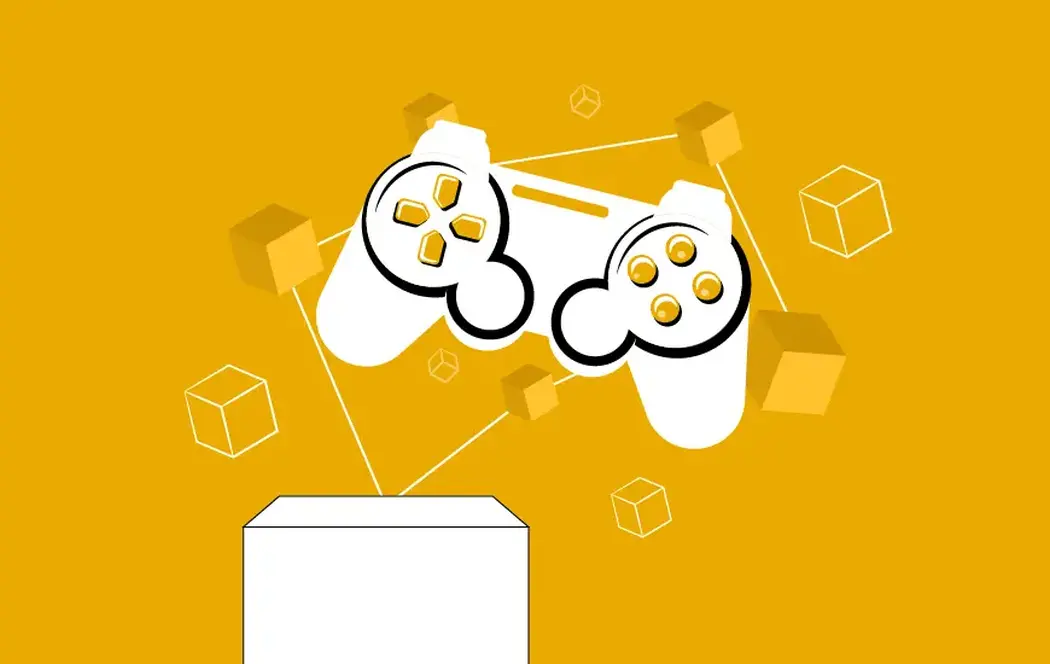Having appeared a couple of years ago, WEB 3.0 games are only starting to gain traction, but already look promising. What makes them different from traditional (WEB 2.0) games? Well, basically, the fact that they are based on blockchain. This guide explains the role of decentralized ledger in new-generation games and how players can reap benefits from it.
What is blockchain?

Blockchain technology is an innovative approach to data storage and handling because it introduces decentralization. Instead of being recorded on a single server or computer, transaction data is 1) verified by several nodes (users) 2) stored in blocks that comprise a chain. Since one piece of data is stored on several nodes comprising a public chain, it is very-very unlikely to be deleted or forged. Hence, blockchain makes all transactions transparent.
But don’t let the word ‘transactions’ confuse you – technological possibilities of blockchain are not limited to cryptocurrencies only. Any data can be stored and recorded safely using a distributed ledger. Video games are not an exception. In fact, 49% of blockchain activities are related to blockchain gaming.
So, why would developers use blockchain for games? (and why you should try them)
Source: pinterest.comThe role of blockchain in gaming boils down to two things: eliminating existing problems of the WEB 2.0 sector, and bringing new possibilities for players, in particular, earnings.
Let’s start with technical advantages and issues solved.
It makes games unhackable
When a game is hosted on a server, it stays vulnerable 24/7. Imagine yourself playing War of Warcraft for hours and suddenly facing a server crush. You return the next day and — what a hell – all your progress is gone! Whether it’s hackers or technical bugs to blame, you will feel devastated. With blockchain, all your progress (I mean, every action and achievement) gets recorded once and forever.
Players choose the game’s fate
WEB 3.0 gaming brings about what was unthinkable before – it allows players to decide upon future changes and improvements. Voting process can be organized transparently and fairly – game developers won’t be able to fake results.
It becomes possible thanks to smart contracts that automate the whole lineup of processes (reward distribution, staking of tokens, voting, decision-making, and so on).
Okay, now let’s get down to the most interesting part – in-game assets enabled by blockchain.
Everyone may have a digital wallet

What makes WEB 3.0 games revolutionary is snatching the power over in-game assets from developers. In WEB 2.0, coins and artifacts stay game’s property – they have no relation to real-world possessions. Blockchain refines the paradigm of in-game asset ownership. If you buy a sword or clothes for your character, they belong to you. You can sell them to other players and convert earnings into real money.
It enables play-to-earn games
I bet you like the sweet sound of ringing coins, but what if I tell you they could be converted into real money? Play-to-earn games made a lot of fuss in 2021-2022, allowing users to make money (some even made a living simply playing games like Axie Infinity). However, a huge number of games turned out to be Ponzi schemes and scam that brought profit to a few lucky ones.
New-generation WEB 3.0 games are being made with a more conscious approach to tokenomics, aiming to make games more sustainable and viable in the long run. That means you will have a chance to earn something, but there’s no point in making it the sole purpose of playing – gameplay is the king.
Users can own NFTs
The economy of many WEB 3.0 games allows players to fully own their in-game assets and monetize their achievements, creators, lands, or rare items. When players breed game characters, they also generate new NFTs that can be traded later on. Developers also promise interoperability between games, meaning users can apply one and the same digital item in different ways (however, we haven’t seen any practical implication of this feature yet).
All in all, the advantage of blockchain boils down to giving players more freedom in terms of asset ownership and control over games’ future development. All that adds to involvement and expands the list of perks.
Which blockchain is better for gaming?

There’s no clear-cut answer to this question because each blockchain has certain advantages and drawbacks. Let’s observe basic ones:
- The first blockchain to enable smart contracts and non-fungible tokens, Ethereum paves the road for other networks driving WEB 3.0 games. This is the best choice for building any kind of dApp, including blockchain games, because it is flexible, secure, and can work with other apps. It also has a large and active community of developers and builders. The major drawback of Ethereum is high fees compared to other networks.
- WAX is one of leading blockchains for gaming because it allows performing transactions for free. Even during the current crypto winter, WAX powers several successful WEB 3.0 games, such as Alien Worlds, Splinterlands, and Farmers World.
- BNB Chain (previously known as Binance Smart Chain) is compatible with the Ethereum Virtual Machine and supports smart contracts with faster transaction speeds and lower gas fees, which is why it is very popular for dApp development. Today, BNB Chain hosts such popular WEB 3.0 games as CryptoBlades, My DeFi Pet, and Bluelight.inc.
- Polygon was initially created as a more scalable alternative to the Ethereum blockchain. It was used for dApps which operated on a Layer-2 blockchain in relation to Ethereum. Now, creators have turned it into a fully autonomous network specifically for blockchain games. Developers love it for scalable infrastructure, lower gas fees, and faster transaction times, not to mention that it also attracts serious partners (EA, Riot Games, and Activision).
- EOS is a decentralized operating system that was created to fully eliminate transaction fees and fuel millions of transactions per second. Some blockchain games switched to EOS due to its faster speed than Ethereum. A few popular WEB 3.0 games on EOS include Blankos Block Party, Upland, Prospectors.
Here’s an example of a blockchain game – Bluelight.inc
To showcase how decentralized ledger is typically realized in WEB 3.0 games, let us observe Bluelight.inc. Here’s what makes it different from WEB 2.0 counterparts:
- BNB Chain support. When a project runs on a blockchain, it’s much harder for attackers to crack the code and steal players’ resources.
- Crypto wallet. Users can connect their Metamask wallet instead of passing regular authorization (in this case, they don’t have to share personal data like email). Metamask allows them to manage $KALE rewards and in-game assets.
- Support of NFTs. In the near future, developers plan to introduce non-fungible tokens that represent different game objects (furniture, cards) and characters. They will be traded on the official marketplace. These tokens will always belong to users – creators cannot set their hand on these assets.
- Play-to-earn elements. Although Bluelight.inc is a Free-to-Earn game (no investment is required to start off), players will be able to make some crypto profit by completing projects and other assignments. The native $KALE token will be listed on crypto exchanges, enabling players to convert their earnings into real money.
At the same time, it should be noted that Bluelight.inc represents new-generation blockchain games. It is not intended to generate players quick profits, like some popular Play-to-Earn games did (which led them to complete crash once users started selling off native tokens) – instead, it presents a perfect balance between thought-through mechanics, quality graphics and engaging gameplay. It required some time for the industry to mature, and the upcoming WEB 3.0 projects promise to be more viable and gripping, with blockchain technology leveraging more than crypto rewards.
Conclusion
As you see, WEB 3.0 games are becoming the next step in evolution of the entire gaming industry because they provide players with more flexibility, freedom and real-life rewards – all thanks to blockchain. It’s more than just transparency and safety – this innovative technology enables a myriad of interesting features and mechanics. The future of blockchain games looks promising because we are going to witness the rise of metaverses and even more vibrant and involved communities.
